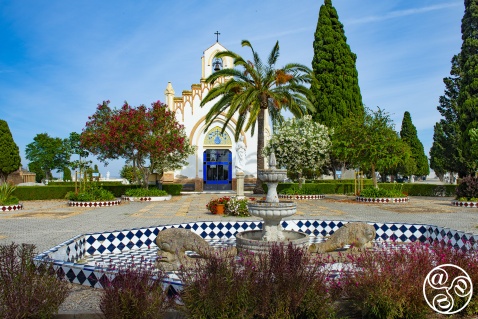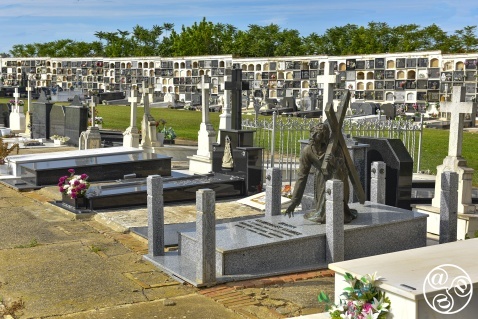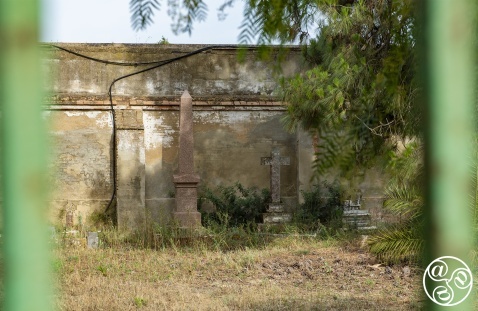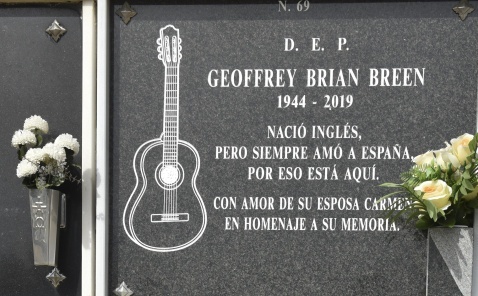
The historic cemetery of Huelva dates back to 1928. |
|
CEMENTERIO DE HUELVA: NUESTRA SEÑORA DE LA SOLEDAD
by Saskia Mier
The cemetery of Huelva opened in 1928; the project was initially designed by architect, Don Francisco Marín in 1907. The Royal Decree approved the conditions on 13 March 1903 and land was acquired from 1915 to 1918 by Doña Mercedes Verdier Clemente, Don Aurelio Baez Baez, Don Rafael Hernández Díaz and Doña Dolores Mazo Llamas, for 10,256 pesetas, witnesses by notaries, Don Juan Serrano and Don Dionisio Cádiz Laguna Angulo.
It has a semi-circular shape occupying 103,682m², divided into six sectors and niches around the perimeter of the enclosure wall. The forecourt has plenty of parking and its main walkway is marked out by dependant buildings and two small gardens.
This cemetery holds a vital piece of history: the body of a man who changed the course of the Second World War, however his identity remained unknown until recently. The hoax by British Naval Intelligence, known as Operation Mincemeat, was designed to divert attention from the invasion of Italy from North Africa. The grave of "the man who never was" is located in the San Marco section of Nuestra Señora de la Soledad Cemetery. Its location is curious, given that the British Cemetery is adjacent to the main cemetery - so why wasn't he buried with the other Brits?
BRITISH CEMETERY
This cemetery, for the graves of British citizens who lived (and/or died) in Huelva, adjoins the main cemetery. It is a walled-off section adjacent to the main burial ground, with its own iron entrance gates facing the road. The cemetery belongs to the Spanish Episcopal Church and is in an abandoned state, despite the agreement signed in 2015 between Huelva city council and the Church of the Anglican Communion to protect it, and also to incorporate it into the British Legacy Trail.
Volunteers were recruited and coordinated by archaeologists to restore and renovate the cemetery, which marks the British presence in Huelva during the nineteenth century. It has been suggested that the cemetery be made available as a tourist attraction, considering its architecture is different to the Spanish Catholic cemeteries.
Restoration has focused on re-tiling, plastering and painting, as well as the removal of vegetation from the graves.
Additionally Huelva town hall has decided to grant plots to be reserved for Islamic burials, so that traditional Islamic rules can be better respected in burials and funeral rites performed by the local Islamic Community.
Opening hours of main cemetery
Winter: Daily 08.00 - 19.00
Summer: Daily 08.00 - 20.00
Location
From Huelva: H-30 ring road, Exit 8, north on HU-3101.
From Seville A-49 Motorway, Exit 81, cross N-431, south on HU-3101.


